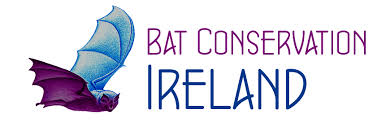by Revd Canon Trevor Sargent, Church of Ireland rep on the ECI committee:
I’ve always found bats fascinating. Their ability to echo-locate their insect prey is intriguing.
June, with its long hours of sunlight, is a good month to see bats hunting along hedgerows, over rivers and near woodland. Bats are insectivores, so their food is flying insects. Those midges which annoy us when we are outside in the evening, bats eat them. It seems that bats deserve some good press!
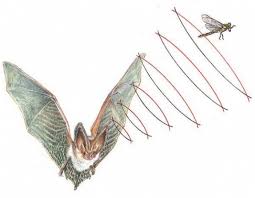
Chatting about Bats
One Saturday morning, while buying a few bits and pieces at the Saturday Market in Bunclody, I bumped into Tommy Kidd of Ballyrankin outside the town. Tommy mentioned that the bats which have lived in the attic of his house all his life, were now, once more, out of hibernation, flying and hunting insects after the long wet winter and spring. Tommy, knowing of our interest in wildlife, invited Áine and myself to observe these fascinating creatures some evening at his place.

Facts about Irish bats:
- There are nine species of bat resident in Ireland –
- Common pipistrelle (Pipistrellus pipistrellus)
- Soprano pipistrelle (Pipistrellus pygmaeus)
- Nathusius’ pipistrelle (Pipistrellus nathusii)
- Leisler’s bat (Nyctalus leisleri)
- Brown long-eared bat (Plecotus auritus)
- Daubenton’s bat (Myotis daubentonii)
- Whiskered bat (Myotis mystacinus)
- Natterer’s bat (Myotis nattereri)
- Lesser horseshoe bat (Rhinolophus hipposideros)
- Bats generally have one pup per year, which is born blind and without fur. Otherwise, a pup is well developed and weighs up to one third the weight of its mother at birth. The mother feeds it milk for several weeks at which point it is able to fly and learns to echolocate and catch its own prey. By 6-7 weeks after birth the young are independent.
- The average lifespan of Irish bats is thought to be 7-8 years although some have been found over 15 years old. Bats are very long lived for their size (compared, for example, with mice or shrews that usually don’t live more than a year or two) and are now the subject of cutting-edge research at University College Dublin to see if they can provide insights into aging.
- Recent interest in Irish bats has resulted in closer monitoring and better protection. However, bats remain vulnerable to water pollution, increased artificial night lighting, habitat and hedgerow loss, pesticides etc.
- Bats are protected by law in Ireland under the Wildlife Act 1976. It is an offence to disturb, injure or kill bats or disturb or destroy their roosts. This does not mean that essential roof repairs cannot be carried out because bats are present in an attic. In general it would mean that roof repair works should be carried out outside the active season for bats while they are not present, and using materials that are suitable for use in a bat roost. Roost entrances/exits also need to be retained. Discuss any plans for work on a bat roost with the National Parks and Wildlife Service.
- Bats can see, but some can see better than others and all European species use a form of sonar to enable them to fly in darkness. They make high-pitched squeaks and listen for the echoes that bounce off obstacles, or off prey insects, gauging distances by the amount of time taken for the echoes to return.
- In a single night, a tiny pipistrelle bat can eat as many as three thousand small insects including midges, mosquitoes, tiny moths and tiny beetles.
- To what other mammals are bats related? In terms of evolution over millions of years, bats are more closely related to camels, pigs, cows, whales, lions, horses and even rhinos, than they are to rodents. So, to call a bat a ‘flying mouse’ is not a scientific description!
A Prayer of Thanks to God with Bats in mind:
If I say, ‘Surely the darkness shall cover me,
and the light around me become night’,
even the darkness is not dark to You;
the night is as bright as the day,
for darkness is as light to You.
For it was You who formed my inward parts;
You knit me together in my mother’s womb.
(Psalm 139: 10-12)
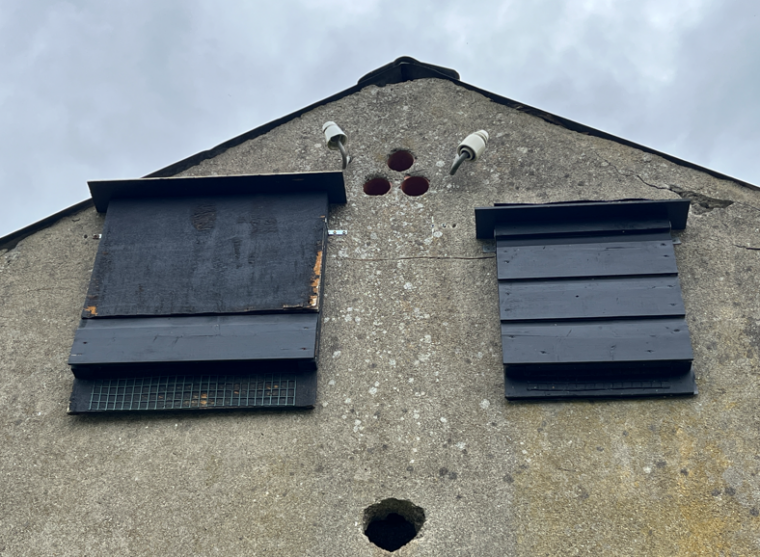
How to help Irish Bats:
Birdwatch Ireland have an easy-to-follow DIY plan on its website to make a ‘Kent’ bat box, which is self-cleaning and will provide shelter for roosting bats in your yard, garden, or wherever you see bats. It is better to use rough timber than smooth planed timber. Bats don’t like draughts, so fit the pieces tightly together. Here are pictures of successful bat boxes which Tommy Kidd made on his land near Bunclody. It would be good to also contact Bat Conservation Ireland to learn more about bats.
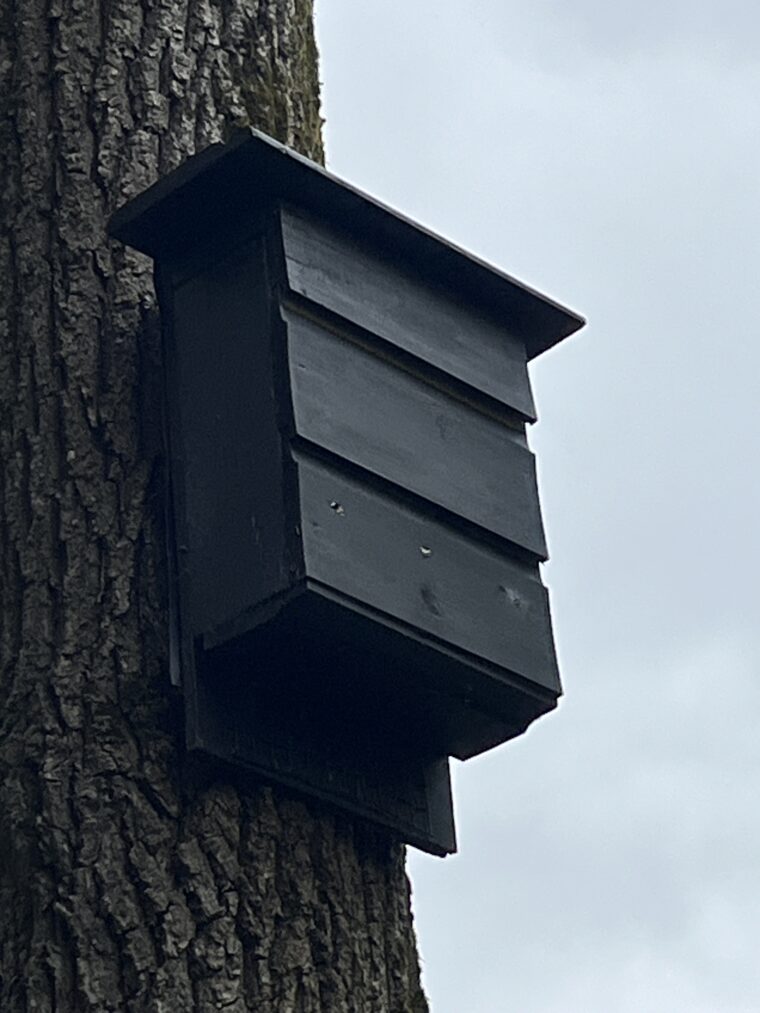
References:
Book: Bat Conservation Ireland. Irish Bats in the 21st Century, B.C.I., Virginia, Co. Cavan, 2014
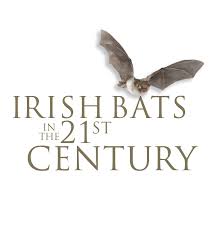
www.batconservationireland.org
